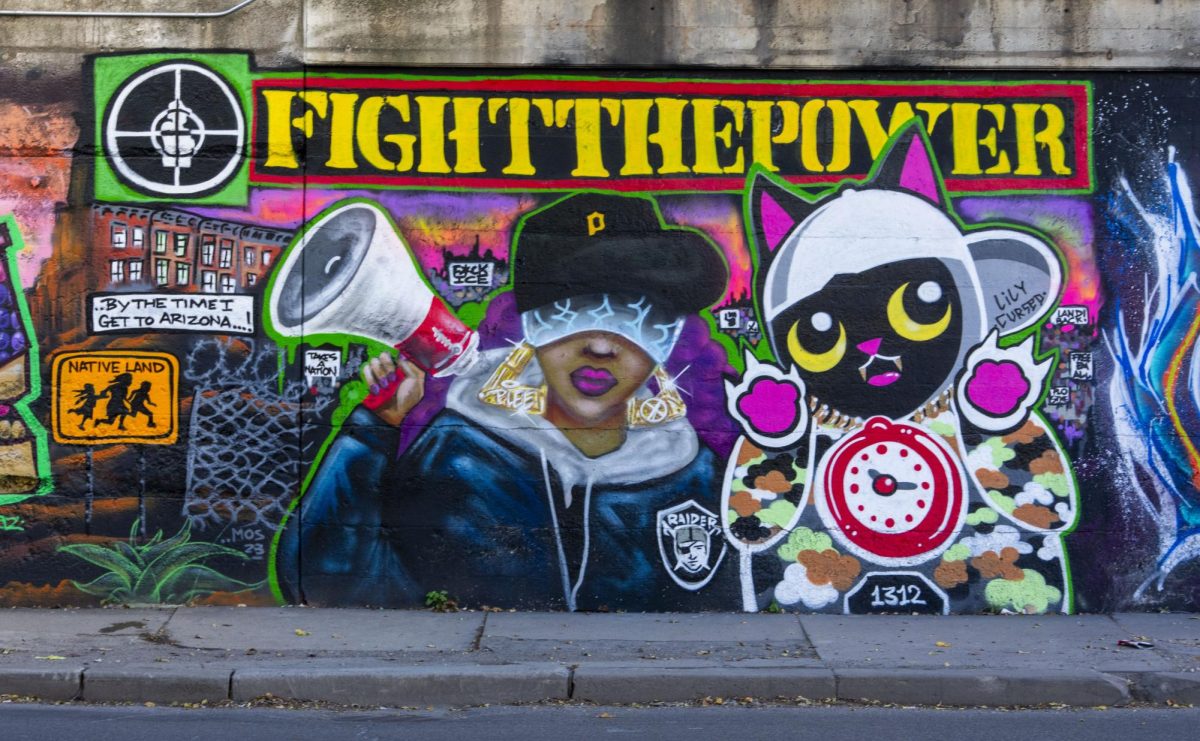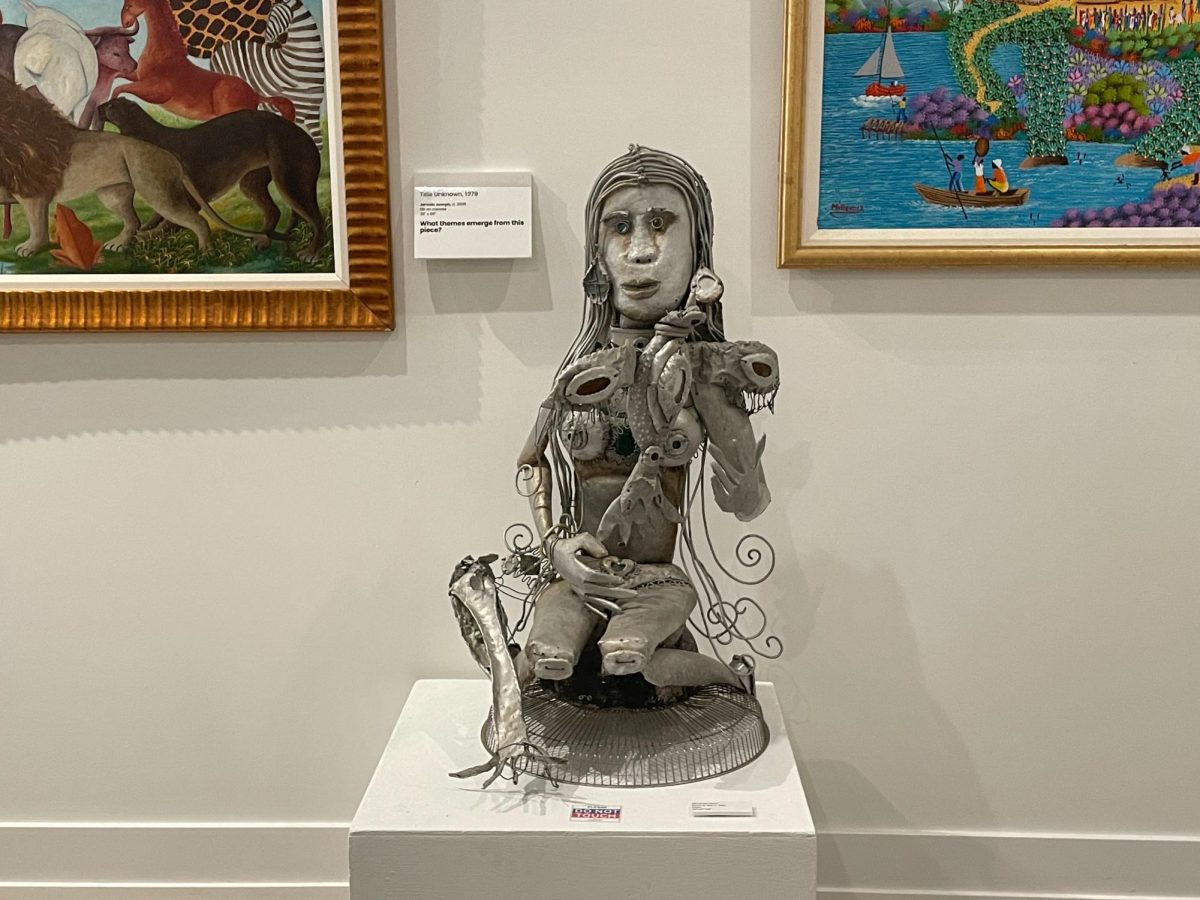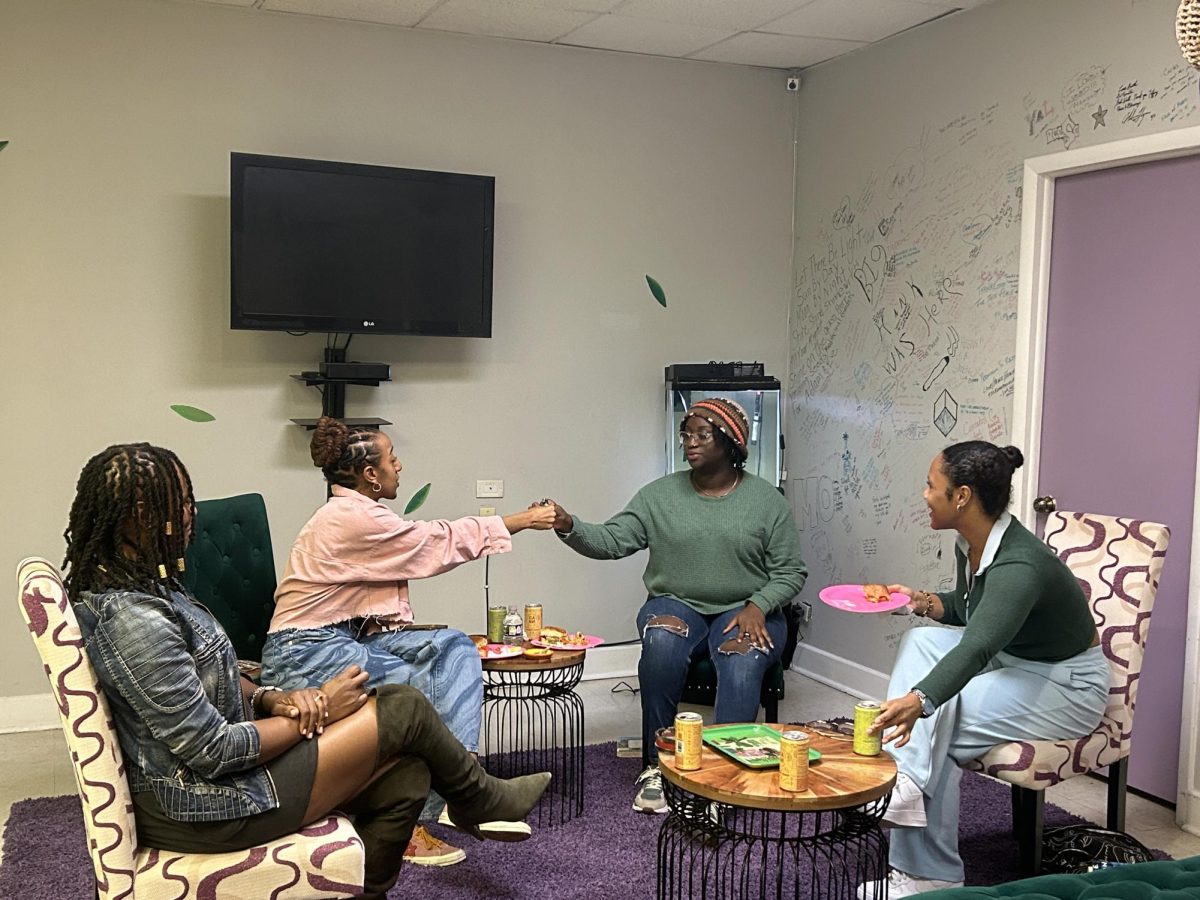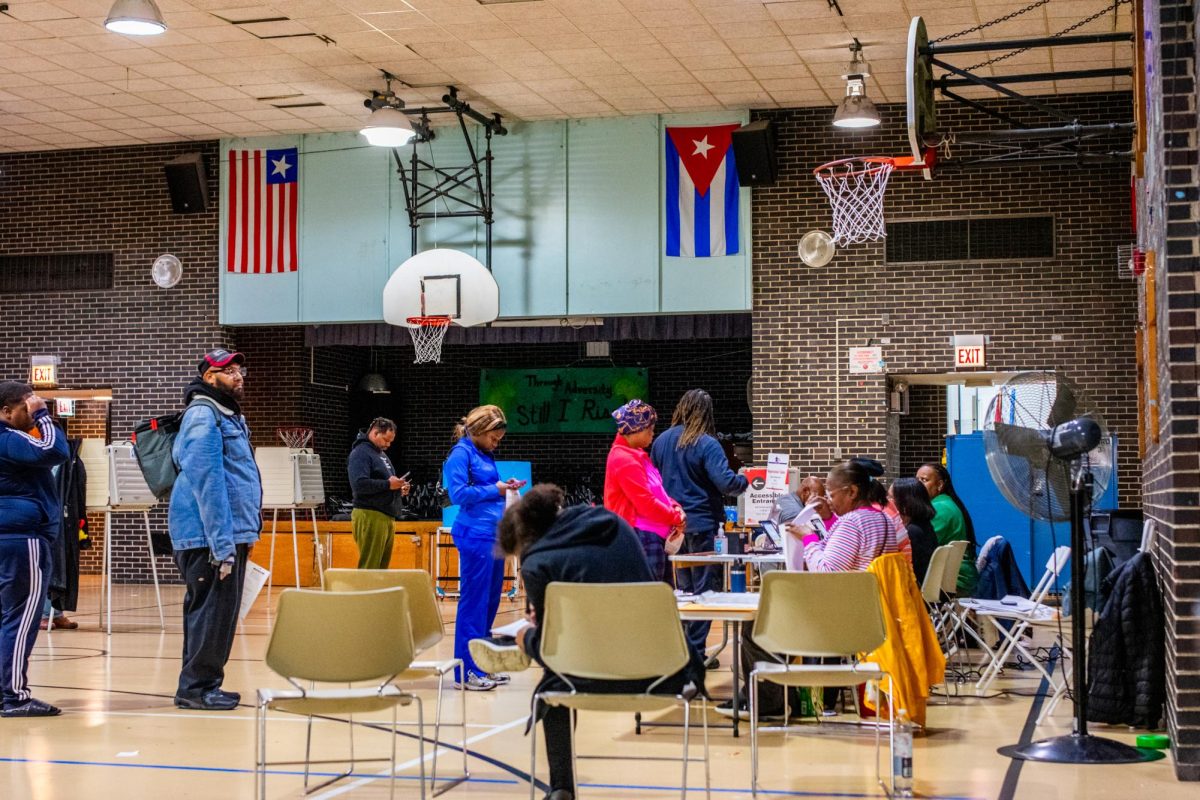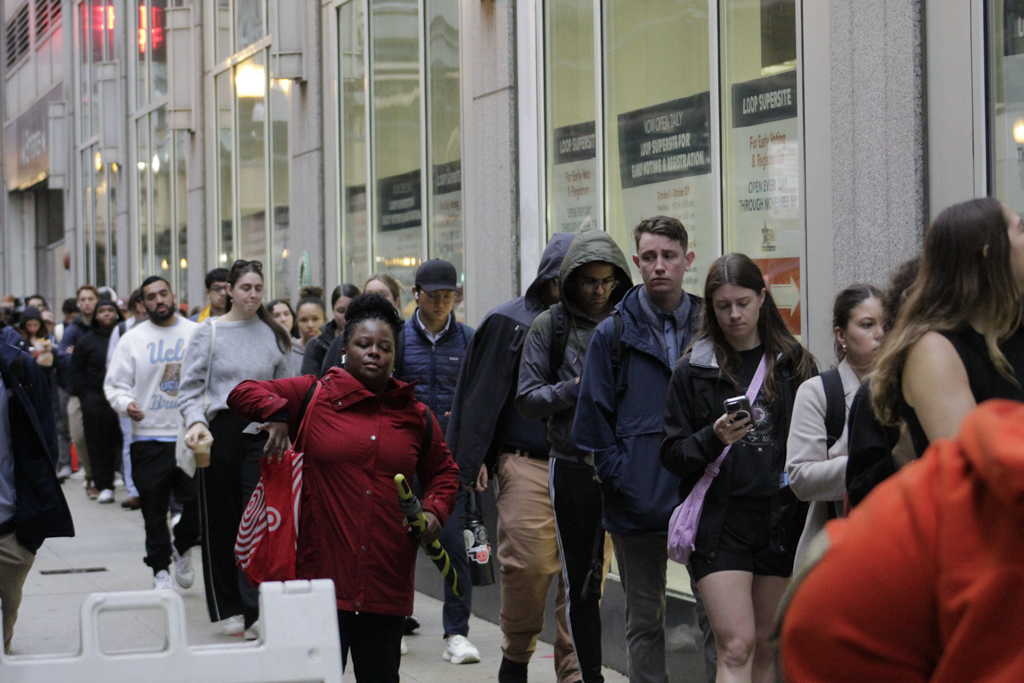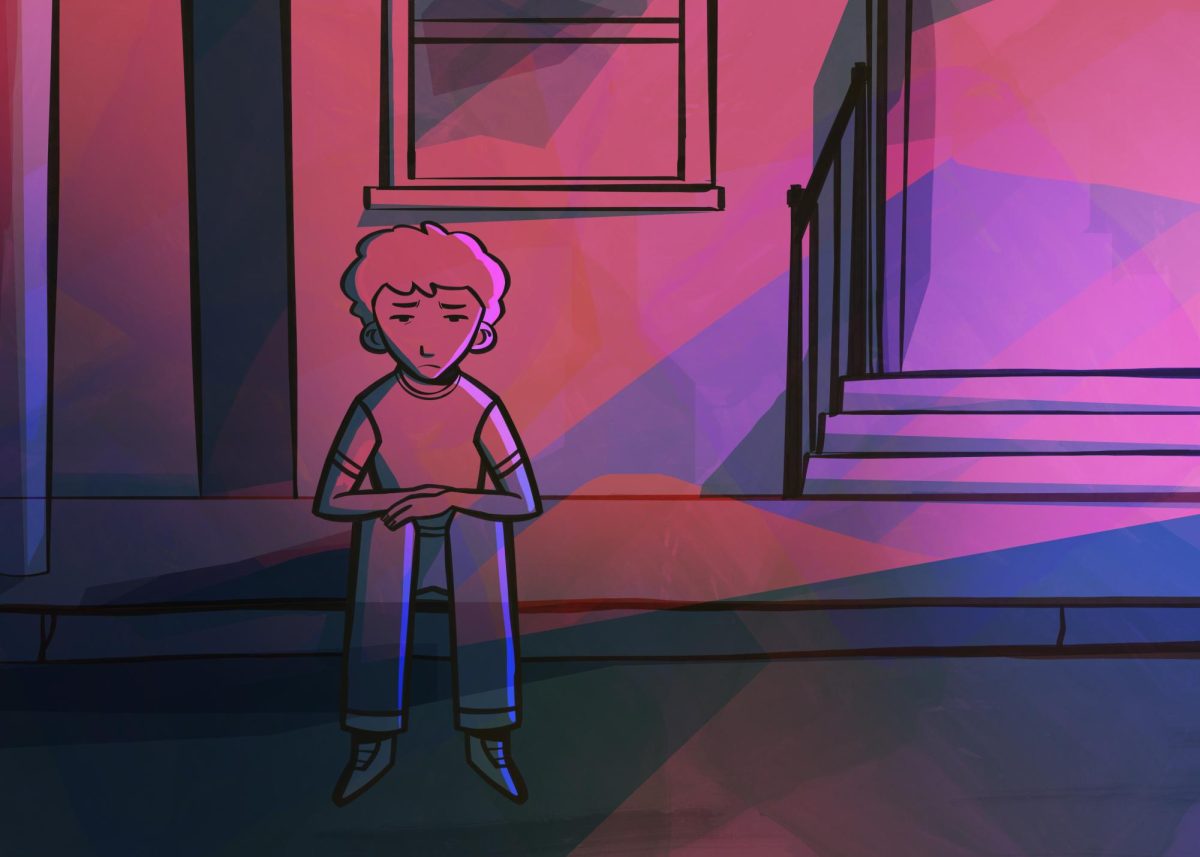THE HIP-HOP ISSUE
The 1983 film, “Wild Style,” regarded as the first hip-hop motion picture, was also a first for graffiti art, introducing street art to a mass audience.
Even though graffiti art has expanded beyond hip-hop, its roots are undeniable, said James Garrett Jr., a Minnesota architect and fellow of the American Institute of Architects.
The film “took what was going on in New York and contextualized it to bring it to a much larger global audience,” Garrett Jr. said.
Graffiti first appeared on walls, and later on trains, which became mobile art galleries and a means of communicating between differing city areas such as Brooklyn and the Bronx. In Los Angeles, it was used to mark neighborhood boundaries. In Chicago, graffiti artists used the CTA trains as a canvas.
As time progressed, DJ’s and MC’s hosted events, invited graffiti writers to create the backdrops, and these events were promoted with flyers and word of mouth.
“This urban calligraphy became synonymous with album covers, anything that expressed this grouping of different elements,” Garrett Jr. said. “People would see a flyer with a certain lettering style and covers with hip-hop or graffiti lettering or murals on the background and it communicated what type of music was inside without people even needing to read it.”
In the decades since, Chicago, like many cities, went after graffiti in public spaces.
Led by then Mayor Richard M. Daley, the city banned the retail sale of spray paint and large markers in 1992 to attempt to stop the artists. To this day, you can’t buy spray paint within the city limits. Street art is illegal on public property without permission, which is why some artists ask that their real names not be used.
But the crusade against them has not stopped the artists, and many are now commissioned to do work.
Stephanie Garland, whose artist name is Stef Skills, met a graffiti writer who introduced her to the art form after hearing Public Enemy and promoting hip-hop events in Chicago. Graffiti writers typically tag their signature and have a principal style whereas graffiti artists experiment with various forms.
Garland learned she could be passionate about graffiti without the necessity of permission.
“That was more of a direct application as an element that I took to naturally,” Garland said. “You don’t need a $10,000 home studio to participate in graffiti art.”
Garland’s style contains botanics inspired by Costa Rican ox carts as well as female empowerment.
“What I try to portray through my art when I paint female figures is a way of empowering women so that they are empowered for themselves and not really empowered or behaving in a way that is for someone else’s expectations,” Garland said.
A graffiti writer named BboyB — who asked that his full name not be used — from the Logan Square neighborhood began creating graffiti work after being inspired by those he saw on his trip to New York City in the 1980s. The variation of colors and lettering style caught his eye.
“My first impression was that graffiti was big and colorful,” Bboyb said. As time progressed his artworks would have “a little bit of undertone of a message,” and later on produced works such as political walls.
Some of his more personal artworks include characters called Dead Eyes, which have one regular eye and the other marked with an x.
“The Mexican culture has a lot of life cycle in its culture, they believe that death is part of life, and so forth,” Bboyb said. “One dead eye and the other eye’s regular, half in the living world and half in a death world.”
Elizabeth Reyes, who also goes by Bel, got into the art form after being in various graffiti-interested groups and classes mainly around the Pilsen area. She was also inspired by her brother, who worked with graffiti before passing away at a young age.
“I started spilling graffiti as it was like a motivation to keep my brother’s legacy alive through graffiti,” Reyes said.
Some of her work range from graffiti to Day of the Dead-inspired imagery such as sugar skulls and seasonal flowers.
“Most of the time my pieces are telling a story whether it’s of a loved one or friends or soul that have passed away,” Reyes said. “Even stories of friends that I’ve heard, and that touched me in some way. It inspires me to produce that in the Day of the Dead concept of a painting.”
Being an artist is not easy, Reyes said.
“It’s definitely a hustle, but a fun hustle when you love what you’re doing,” Reyes said. “Sometimes I feel like we have ideas, but question them a lot and because we don’t see them, we don’t do them.”
Those are the best ideas, she said. “If you got an idea and are afraid somebody’s not gonna like it, more than likely it’s going to be more original than you think,” Reyes said. “Pushing the limit is always going to be something that we should strive for as artists.”
Garrett Jr. said one of the reasons graffiti artists today reject the link to its hip-hop origins is because they want to be independent.
“I think there’s a natural disposition that there’s graffiti writers that don’t want to be associated with anything,” Garrett Jr. said.
Resumen en español:
El graffiti se encuentra vinculado con el hip hop. Originalmente, los graffitis aparecieron en las paredes de las calles de Nueva York y posteriormente en trenes, convirtiéndose en galerías de arte móviles y a la vez, en un medio de comunicación entre diferentes áreas en la ciudad como Brooklyn y el Bronx. En Los Ángeles se usaban para marcar los límites entre los barrios. En Chicago, los artistas de graffiti utilizaban los trenes de la CTA como lienzo.


